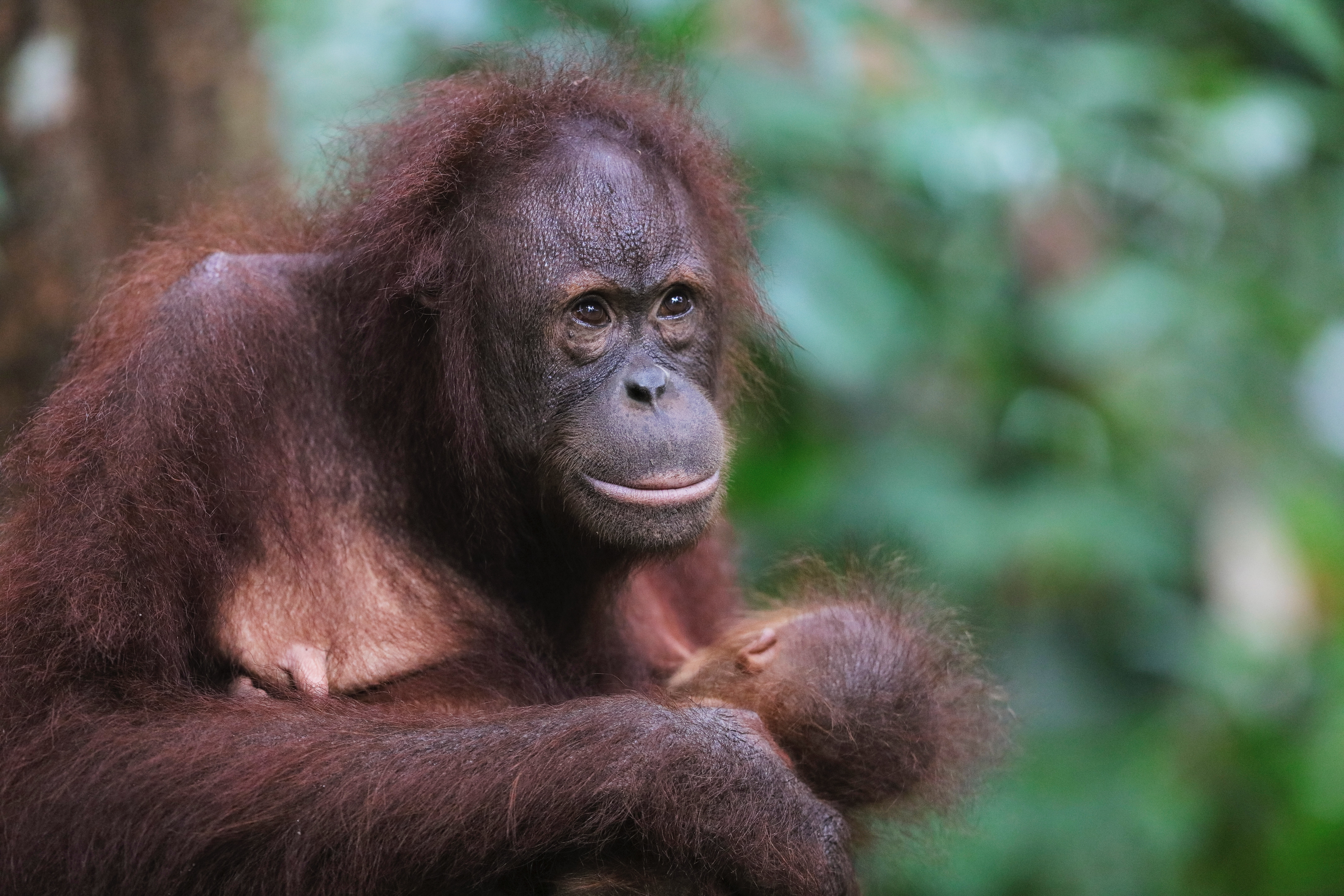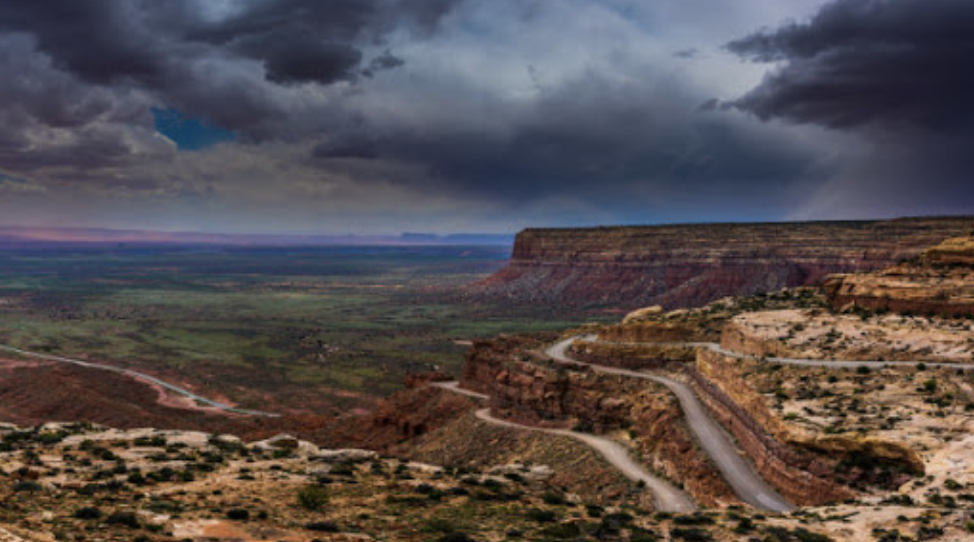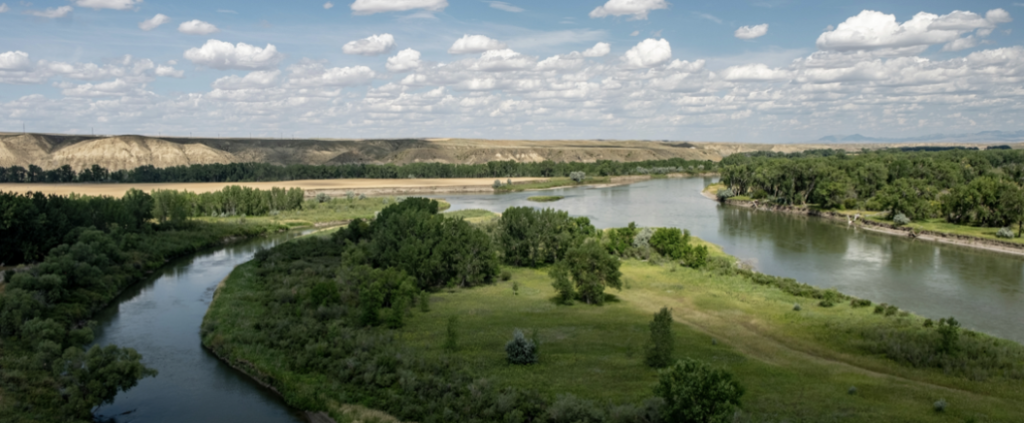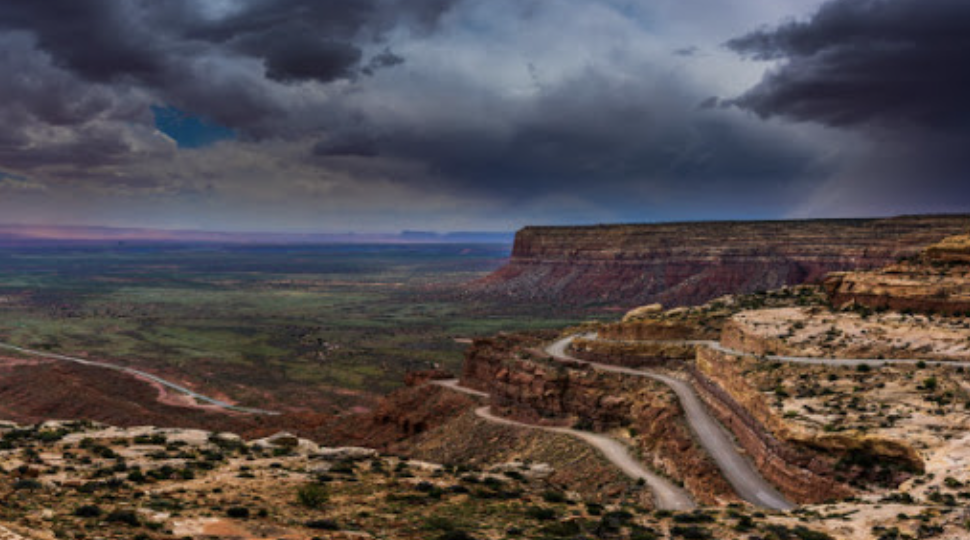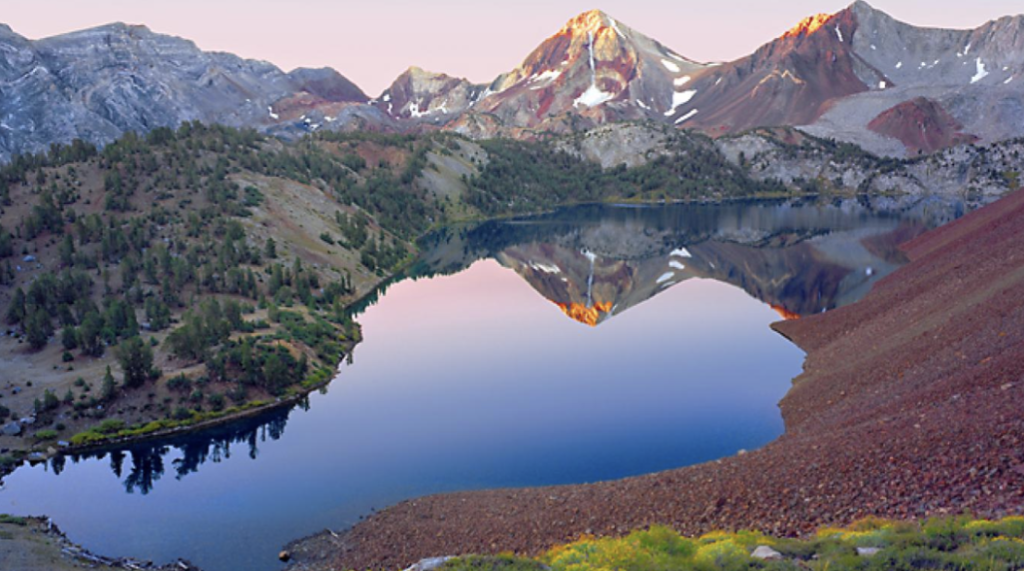Did you know that August 12th was World Elephant Day? An entire day has been dedicated to the Earth’s largest land mammals to celebrate them and advocate for continued wildlife conservation.
Why focus on elephants for wildlife conservation?
Elephants have a unique story regarding wildlife conservation and the countless adversities they have faced. They provide the perfect face for conservation efforts, because their story is one of continued success. These animals have faced countless threats to their survival, including wildlife crimes like poaching, habitat loss, and migratory interferences. Luckily, there are many people and organizations fighting to protect elephants, and these efforts yield positive results.
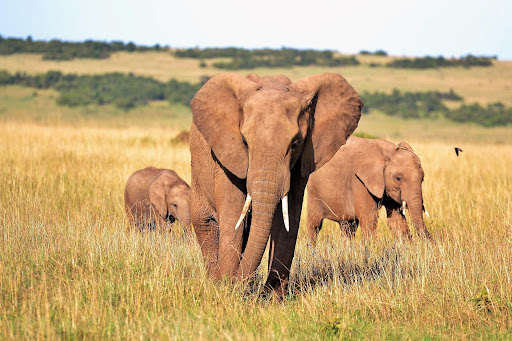
Solimar’s Connection to Wildlife Conservation
At Solimar, we believe tourism is one of the best approaches to encourage conservation efforts. We helped create Southern Tanzania’s Master Tourism Plan aiming to expand upon the vast impact wildlife tourism has had in Northern Tanzania (home of beloved game havens like the Serengeti and Ngorongoro Crater) to similar wildlife refuges in the country’s south. Sustainable tourism can encourage conservation, and therefore benefits wildlife, habitats, and local communities all at once. Continue reading to learn about how tourism leads to conservation, and how to ensure you’re practicing responsible wildlife tourism!
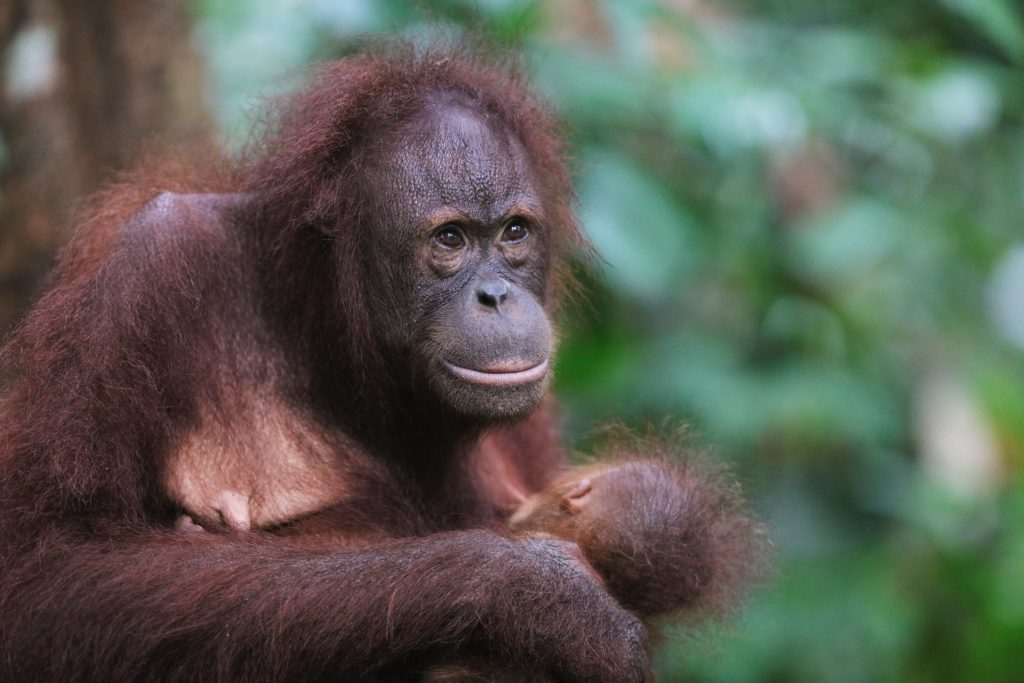
Tourism Development and Conservation
As humans continue to develop the far reaches of our planet, the need for conservation becomes dire. Today, about half of the earth’s forests have been lost, coastal degradation is at an all-time high, and climate change is causing extreme alterations to many other ecosystems. Humans tend to see the natural world as a commodity and in need of being altered in order to serve us. But what if we focused on the benefits of protecting these areas rather than exploiting them?
Wildlife conservation is not only extremely beneficial to the ecosystems it protects but also to the local communities surrounding them and to the lucky individuals who get to visit these places. It is a win-win situation for all parties, and when done correctly can save millions of endangered species from extinction.
This Case Study Report developed by Solimar for the World Bank to help countries understand the value of nature-based tourism puts it clearly:
Many developing countries have rich natural assets including national parks, forest reserves, and diverse plants and animals biodiversity that have the potential to offer visitors nature-based tourism experiences. Through investing in the tourism development of these protected areas, governments can help generate income for the communities living around these assets.
This case report continues to describe a multitude of tourism conservation success stories from the Coconino National Forest in the United States to the Great Himalaya Trails in Nepal and many more. These projects have yielded tangible results through both wildlife protection and local community economic development. For example, the creation of a biosphere reserve along with an ecolodge resulted in 308 square kilometers of the protected land surface, as well as direct employment for about 400 community members.
Conservation also gives natural landscapes a stronger sentimental value for those who live around them. It emphasizes the importance of these places and their intrinsic right to exist separate from human activities and commodification. This creates a stronger appreciation for the natural environment.
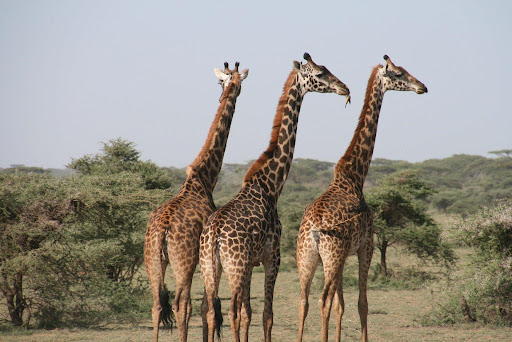
Other benefits of conservation-friendly tourism
Conservation-friendly tourism also spurs global education and encourages awareness of the issues surrounding habitat degradation and biodiversity loss. If people from all over the world travel to a destination in order to see a certain ecosystem, they are much more likely to consider how their everyday actions might affect that environment. For example, after exploring the dense forests of Indonesia and learning about the threats to global biodiversity, one is much more likely to be conscious of their palm oil consumption.
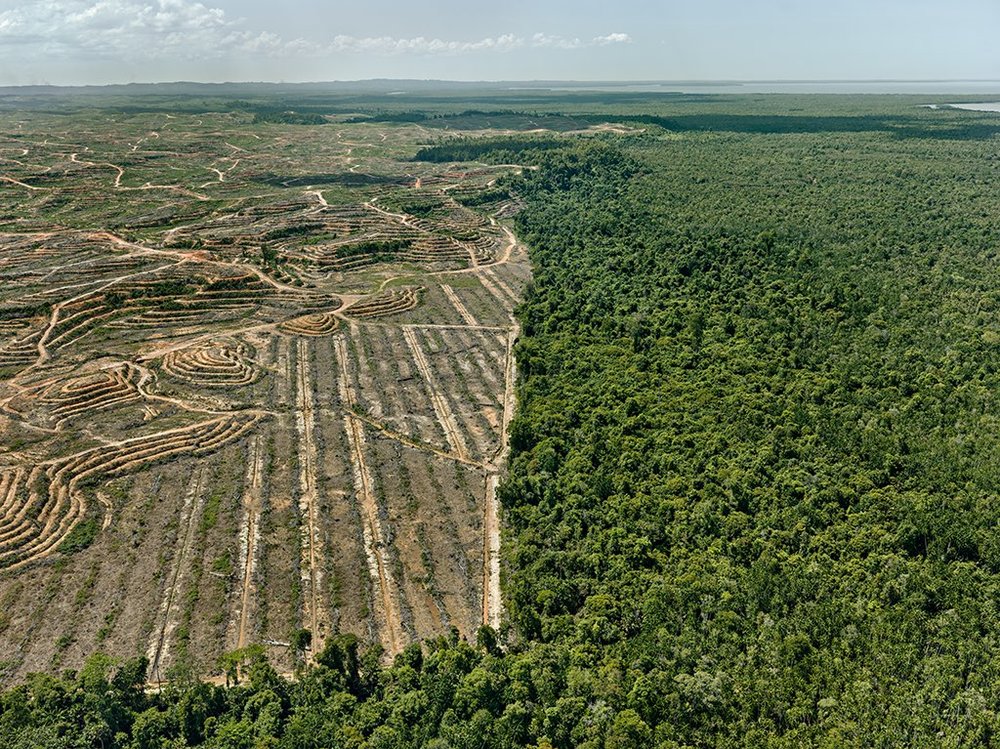
Conservation tourism has many benefits for different parties, but there are things to check to ensure your tourism is beneficial rather than exploitative. Check out our blog post for more tips to be an ethical traveler.
Blog written by Gabby Whittaker and Kevin Lewicki
